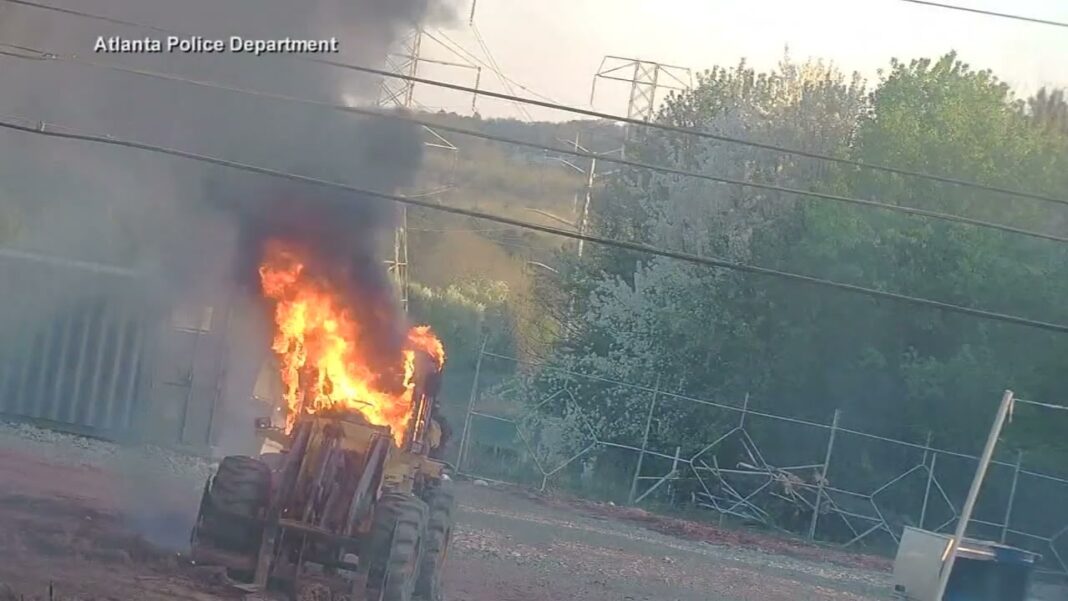EMF: The Invisible Hazard (Part 7)
Follow the series “EMF: The Invisible Hazard” here.
In this series, we will explore the invisible yet omnipresent electromagnetic fields that saturate our world, from common home electronics to 5G, and their potential effects on human health.
Andrew Molnar never thought he would be one to get involved in local political activism.
But he and his wife, Marie, are now leading the action to ensure that both the town and the city of Ithaca, New York, can control where wireless facilities are placed in the municipalities.
It all started four years ago. Mr. and Mrs. Molnar were hiking at the Cornell Plantations, a park at Cornell University, when the couple started experiencing headaches.
“We looked around, and there was this huge new cell tower about 100 yards from us,” Mr. Molnar, a Cornell graduate, told The Epoch Times. “We got out of the area, and within about 10 minutes, we both felt totally better again.”
The Molnars are just two of the millions of Americans with electromagnetic sensitivity, also known as microwave syndrome.
Individuals with microwave syndrome may develop symptoms like dizziness, insomnia, pain, and mood and memory problems when exposed to electromagnetic fields (EMFs) from power sources and wireless signals transmitted by phones, cell towers, and emerging small cells.
5G and the Rise of Small Cells
Wireless facilities, especially small cells, have started popping up like mushrooms after rain in both residential and commercial areas.
There are two types of wireless facilities. Cell towers, or macro cells, can reach 300 feet in height, may have more than 20 antennae, and maintain coverage for miles of radius. Small cells, on the other hand, are much more compact, and they relay signals and maintain coverage between a few hundred yards up to about 2 miles.
Small cells are the backbones of the 5G network.
Though their frequencies overlap with 4G, 5G signals generally have a higher upper frequency, making them less penetrative; therefore, they need antennae at closer proximities to maintain connections.
By Marina Zhang








